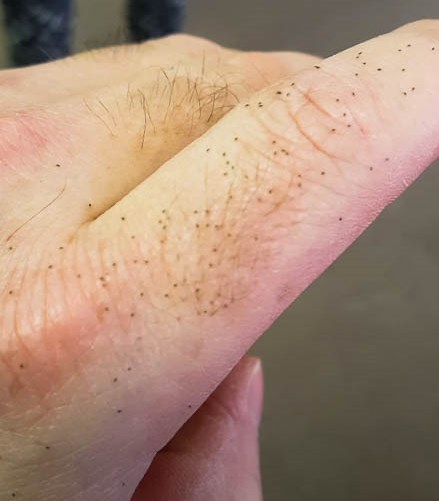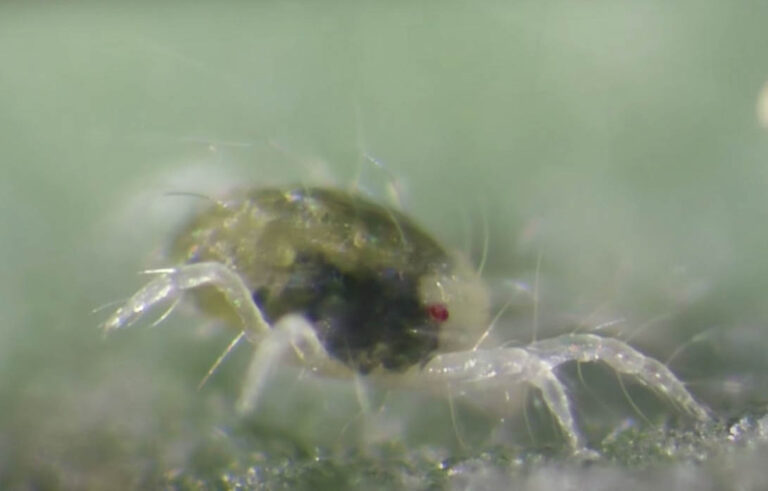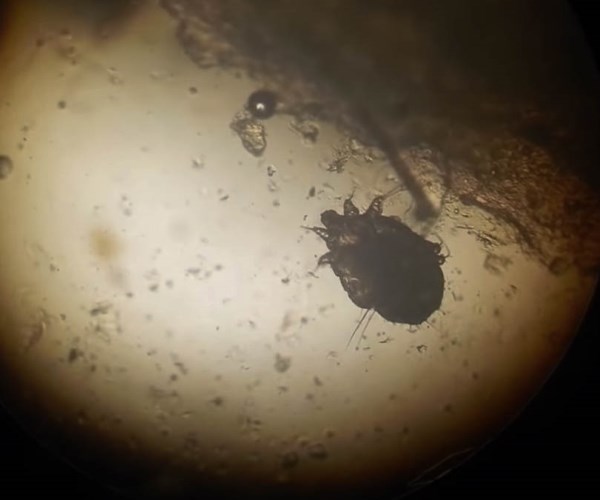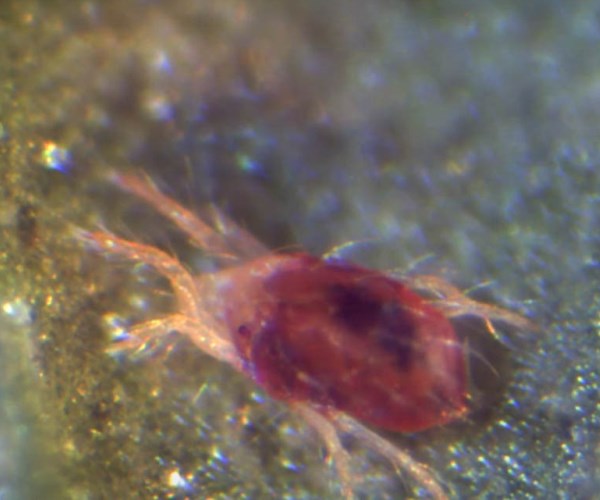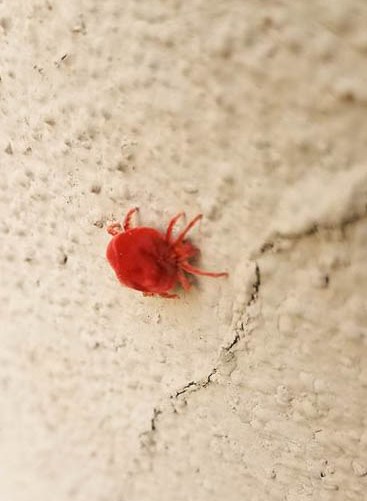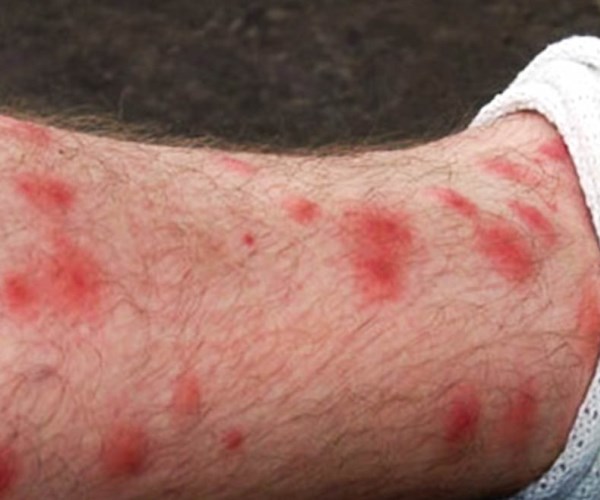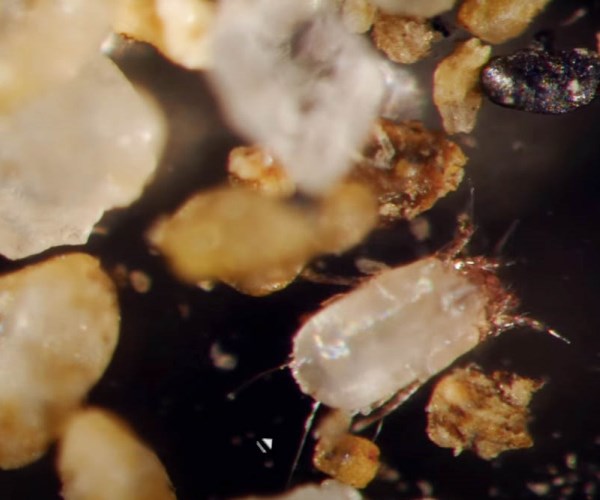About Bird Mites
About Bird Mites
There are a lot of mites out there, and scientists have only been able to find and describe a small fraction of them. In fact, they estimate that there are over a million unique species of mites that still haven’t been identified, so you can imagine how abundant they must be. The bird mite is one of the species that has been identified, and they’re one of the most common ones you can encounter. These animals may sometimes cause problems for people, but they rarely target us directly.
Appearance
Mites are very small animals, and many can’t even be seen by the naked eye. The bird mite is small like its relatives, as it’s only 1 millimeter (that’s less than a twentieth of an inch) in size. This species can technically be seen without a special device, but you’re very unlikely to notice them.
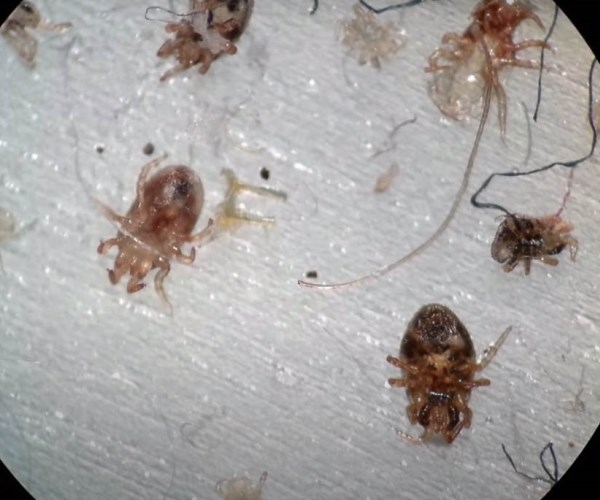
Taking a close look at these animals reveals that they have a round gray body, much like the ticks they’re related to. By using a microscope, you can see that bird mites have tiny hairs growing on their bodies. These mites even have eight legs, which shouldn’t come as a surprise because they’re closely related to spiders. If you ever take a look at these animals, you’ll notice that they have a sharp, beaklike mouth. This helps them penetrate an animal’s skin, allowing the mite to feed. Once these mites are done feeding on an animal, you can notice their bodies turn into a reddish hue.
Behavior
As the name implies, these mites like to hang around birds. In fact, bird mites will attach themselves to birds, where they begin to feed on the bird’s blood. That’s why you’ll frequently see many common birds carrying this parasite, such as pigeons, starlings, and sparrows.
These pests are known to stay hidden during the day, becoming active and feeding only at night. This is believed to help these animals get on birds with ease because most birds are away from the nest during the day and return to rest at night. So when the birds are sitting in their nests, these mites crawl onto them and start feeding on their blood. Many people will confuse bird mites for bed bugs. That’s because both of these are active at night, and feed on other creatures’ blood. The key difference between the two is that bird mites can’t survive on people, as they need bird blood to survive.
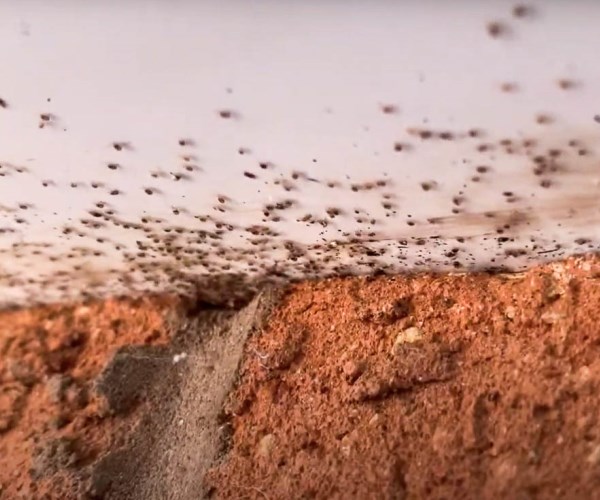
Despite this, bird mites are known to bite people on occasion, which can lead to a number of diseases. This is only a serious concern if you frequently interact with birds, such as if you’re a poultry farmer, have pet birds, or work in a zoo or pet store.
Life cycle
Like most insects, the bird mite has a very short life span. Most of these creatures die within a few weeks, but they are able to do a lot in this time. These animals undergo four basic stages. They start out their lives as tiny eggs. They then turn into larvae who only have six legs instead of eight. After that, mites become nymphs. These are smaller than adults and aren’t as capable. They then become adults.
Adult bird mites are able to reproduce very quickly, and they can spawn thousands of children before they die. Over ninety percent of bird mites are female, so this only adds to the sheer number of children they can have.
Habitat
Bird mites like the warmth, so that’s why they’re most active during the summer and spring. Their preference for warm weather also affects their habitat, as they’re most abundant in warm places. Yet these mites are found all over the world, and you can find them in most countries, including the United States.
